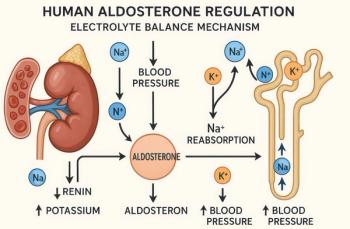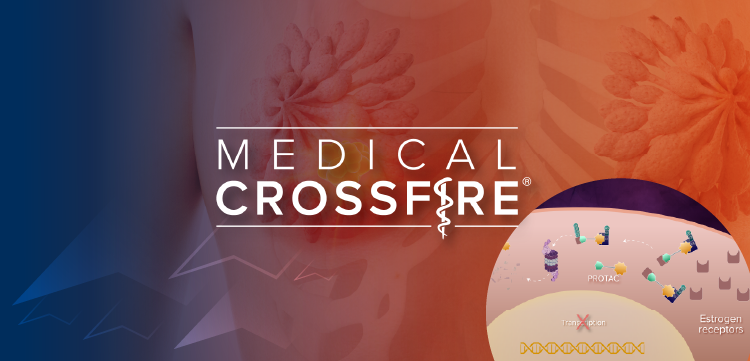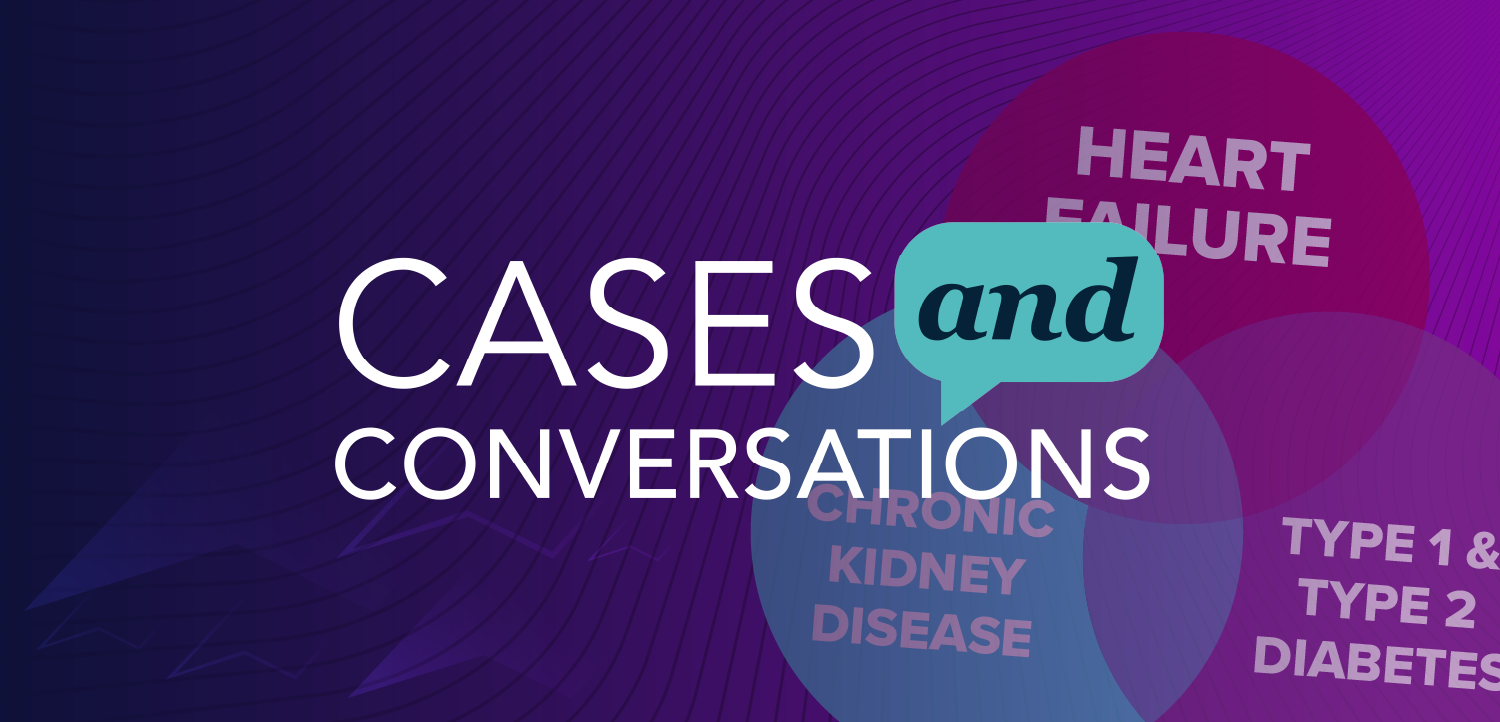
Pulmonary Rehab in COPD: Mental Health & CV Considerations
Depression & anxiety in COPD patients respond well to pulmonary rehabilitation but how to proceed safely in patients with comorbid CVD?
Chronic obstructive pulmonary disease (COPD) and cardiovascular disease (CVD) are common comorbidities. In fact, COPD is linked to 2.5 times increased odds of CVD. Research suggests that patients with COPD undergoing pulmonary rehabilitation (PR) may experience reductions in depression and anxiety as well as improved cardiovascular and metabolic health. But to reap these benefits safely, patients with COPD need to be carefully screened for CV comorbidities before beginning PR and monitored during the program.The slides below summarize 2 recent studies on the impact of PR on mental health in COPD and how to assess CV fitness in COPD patients.
Newsletter
Enhance your clinical practice with the Patient Care newsletter, offering the latest evidence-based guidelines, diagnostic insights, and treatment strategies for primary care physicians.






























































































































































































































































































































